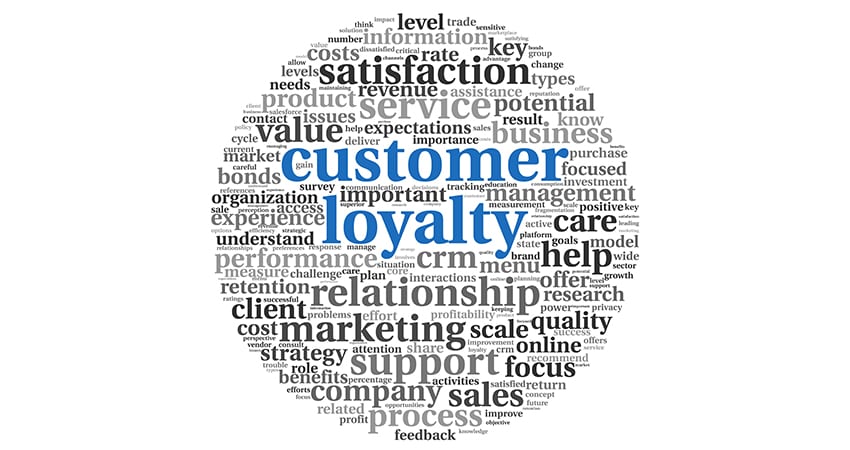Customer loyalty remains a panacea that retailers are all seeking. Every retailer wants consumers to consistently purchase from their business, rather than from their competitors’. Building and sustaining this loyalty is key to retaining customers over time and driving increased sales.
The challenge, though, is that the notions of what loyalty requires and what consistent loyalty should look like are unclear and ever evolving.
In general, customers want retailers to better appeal to their preferences while respecting their privacy. This remains a delicate balance and one difficult to achieve across all customers for most retailers.
Retailers need to think about the shift from mass to personalized marketing and how they accomplish that with the right ROI. This shift is not easy: mass promotions get attention and funding from vendors, while personalized/targeted promotions have been most frequently funded by the retailer. This shift needs to happen with eyes wide open, or retailers stand to lose significant money and not achieve the loyalty they desire.
So how can retailers successfully walk this tightrope? Following are four recommendations:
Be a Leader, not a Follower
Retailers should be careful not to ascribe to a loyalty program just because their competitors are. Instead, they should think about who they want to be in the market, who their targeted customers/segments are and what they are prepared to offer. Loyalty programs are expensive so need to be managed with an eye trained on the outcome.
Address Customers’ Wants and Needs
The push to customer loyalty is requiring more sophisticated programs that need more elegant executions. This means instead of coupons that are focused on driving broader consumption, the program must now consider recommending products and programs that incentivize a customer’s unique tastes and needs.
For example, rather than offering a 25% discount on women’s basics or canned soup, customers want to see programs that offer unique pricing to match the products they most frequently buy in timeframes that work for them.
As another example, loyalty programs need to engender a sense of exclusivity and belonging. In general, people are looking for community and, ironically, prestige. By indicating exclusivity as a trait of a special community, retailers can achieve both for their customers.
Don’t try to Boil the Ocean
Customers are fickle and have shifting loyalties, but this is due to retailers lacking focus and not following through in the programs they deliver. Being all things to all people is a losing strategy.
Find the shopper segments where retailers can differentiate and stick with them — that is what wins. Therefore, retailers need to better define their niche and who they are targeting and target the offers that are appealing to the different segments they want to capture.
Focus on Core Capabilities
Technology is currently moving faster than retailers – they can’t capture the benefits quickly enough. Disparate data sources, fragmented/outdated ERPs and siloed organizations leave many retailers ill-prepared to capitalize on sophisticated efforts and attract leading data scientists. Moreover, they need to make a cultural shift from mass promotions to personalized agile marketing with a much higher throughput of campaign ideas. This will require higher efficiency in mass promotion planning to reduce effort/cost, while keeping the mass programs that work, and higher throughput in targeting marketing.
Most digital-first retailers don’t face these legacy IT challenges. They are lean, digitally-focused, and ready to use analytics to drive better decisions. But they also need to win the war for talent, create agile marketing organizations and to keep pace in many of the other areas. So, while technology continues to improve, retailers need to seriously upgrade their core capabilities.
Looking Ahead
In the next 12-18 months, loyalty programs will require much more attention to detail. We keep saying “get back to basics,” and we mean that – marketers need to execute the basics well at very granular levels.
The best retailers will get their data and processes in good order, as they start approaching loyalty differently. Going forward, machine learning and prescriptive analytics in the hands of agile marketers will be key to delivering loyalty programs by identifying the patterns and preferences of their best customers and segments.
Brian Elliott, Managing Partner at Periscope, By McKinsey

